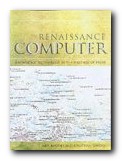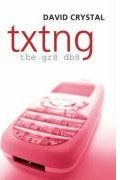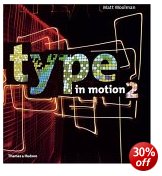techniques of telling stories in visual media
Pause and Effect examines the intersection of storytelling, visual arts, new media, and interactivity. It’s a mixture of a little theorising with plenty of practical examples. Mark Meadows starts reasonably well with some interesting reflections on narrative and perspective, and then plunges valiantly into the realm of literary narratives. But before giving himself time to consider them seriously, he’s off into Excel spreadsheets and interactive games. It’s a very elegantly designed book. Almost every page is illustrated with diagrams, screenshots, and paintings.
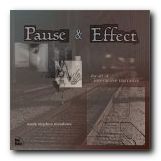 He ventures bravely into first, second, and third person narratives, plus point of view. Famous names come thick and fast – Homer, Aristotle, Dostoyevski, Giotto, James Joyce. We get reflections on novels, TV programs, video games, and Spiderman comics. But it’s hard to find a coherent argument. Most of what he has to say is descriptive rather than analytical.
He ventures bravely into first, second, and third person narratives, plus point of view. Famous names come thick and fast – Homer, Aristotle, Dostoyevski, Giotto, James Joyce. We get reflections on novels, TV programs, video games, and Spiderman comics. But it’s hard to find a coherent argument. Most of what he has to say is descriptive rather than analytical.
This is a shame, because theoretical reflections on new media design would be very welcome – but here there is the sense of someone struggling with issues which even literary theorists have sorted out long ago.
He does look at some interesting examples of narrative art – religious paintings and tablets. But when you think about it, the traditional narrative painting is ‘cheating’ in terms of conveying a new story. Viewers of ‘The Annunciation’ already know the sequence of events when they see the depiction of them in two dimensions.
There are some interviews with designers of multimedia and interactive events, plus case studies which feature contemporary games designers. He also covers interesting reports of experiments which seek to blend digital genres. Probably the best part of the book however is where he offers reflections on narrative and architecture, second-person point of view, and 3D virtual reality.
This is a publication which will appeal to people who want to pursue ideas about narrative theory. Web designers and new media buffs will certainly pick up some new lines of investigation to think about.
© Roy Johnson 2003
Mark Stephen Meadows, Pause and Effect: the art of interactive narrative, Indianapolis (IN): New Riders, 2003, pp.257, ISBN: 0735711712
More on digital media
More on technology
More on theory
 Strange thought it may seem, it’s not possible to copyright the title of a creative work. There is nothing to stop you writing a novel called Where Angels Fear to Tread, making a film called Gone with the Wind, or composing a musical show called A Little Night Music. In fact all of these examples have taken their titles from works of art which preceded them. You might be criticised for lack of originality; you would certainly risk creating confusion, but nobody could stop you. Copying somebody else’s title is not the same thing as plagiarism. This isn’t particularly well known, but it’s a fact.
Strange thought it may seem, it’s not possible to copyright the title of a creative work. There is nothing to stop you writing a novel called Where Angels Fear to Tread, making a film called Gone with the Wind, or composing a musical show called A Little Night Music. In fact all of these examples have taken their titles from works of art which preceded them. You might be criticised for lack of originality; you would certainly risk creating confusion, but nobody could stop you. Copying somebody else’s title is not the same thing as plagiarism. This isn’t particularly well known, but it’s a fact. Sampling occurs when one part of a song or a musical performance is taken and re-used as part of a different composition or performance. This is often done using electronic equipment and software programs. The sampled portion can also be edited or played back continuously in a ‘loop’ to form the background for a new composition. This practice has been widespread in popular music for the last twenty years.
Sampling occurs when one part of a song or a musical performance is taken and re-used as part of a different composition or performance. This is often done using electronic equipment and software programs. The sampled portion can also be edited or played back continuously in a ‘loop’ to form the background for a new composition. This practice has been widespread in popular music for the last twenty years.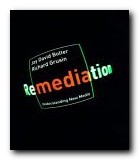
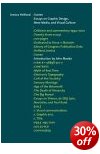
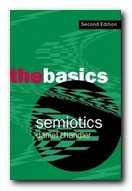
 Today’s Internet users are relying on their smartphones or tablets for quick and easy Internet access, rather than laptops and desktops. And no wonder. It’s simply more convenient and portable. However, those with tight finances haven’t always been able to enjoy the benefits of 4G connectivity. But this will all change with the announcement of T-Mobile’s reinvigorated challenger strategy. This offers more affordable options to cash-strapped customers. When subscribers to
Today’s Internet users are relying on their smartphones or tablets for quick and easy Internet access, rather than laptops and desktops. And no wonder. It’s simply more convenient and portable. However, those with tight finances haven’t always been able to enjoy the benefits of 4G connectivity. But this will all change with the announcement of T-Mobile’s reinvigorated challenger strategy. This offers more affordable options to cash-strapped customers. When subscribers to 